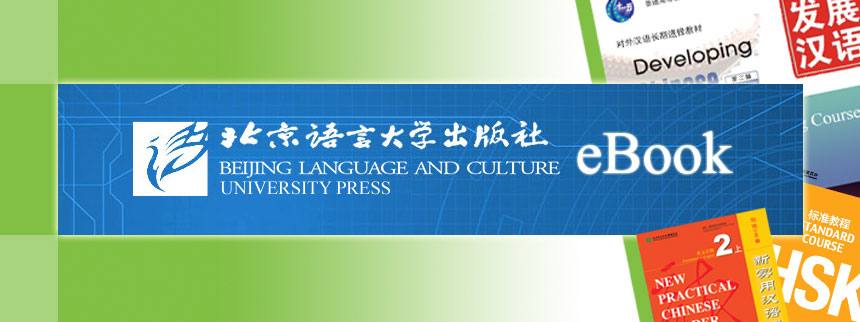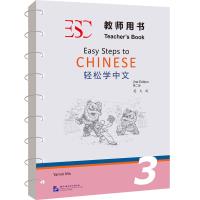Online Bookstore
- Online Reading (Non-downloadable): Easy Steps to Chinese (2nd Edition) Teacher’s Book 5
- Easy Steps to Chinese (2nd Edition) Teacher’s Book 5
- Easy Steps to Chinese (2nd Edition) Teacher’s Book 4
- Easy Steps to Chinese (2nd Edition) Teacher’s Book 3
- Easy Steps to Chinese (2nd Edition) Teacher’s Book 2
- Easy Steps to Chinese (2nd Edition) Teacher’s Book 1
Easy Steps to Chinese (2nd Edition) Teacher’s Book 3
Author:Yamin Ma
- Medium:Books
- ISBN: 9787561967515
- Page Count: 320
- Size:
- Pub Date:2025-04
- The book weight: 860 g
- Annotation Language:
- Course:Non-textbook
- Target Audience(Age):
- Target Audience(Language):
- Subject Zone: Easy Steps to Chinese (2nd Edition)
- Price:
-
Category: Textbooks >Study in China >Long-Term
Textbooks >Study in China >International Schools/Classes
More














